Other Events for July 4thHappy Fourth of July Congress made Independence Day an official holiday in 1870, but even before it was made official, Americans have marked the day dedicated to the founding of the nation with barbecues, red, white, and blue attire, and fireworks. Patriotic songs In 1831, people attending a children’s concert at the Park Street Church in Boston sang “My Country ‘Tis of Thee” for the first time in public, according to Ben’s Guide. The song served as a de facto national anthem until "The Star Spangled Banner" became the official anthem in 1931. Patriotic song “America the Beautiful” was published by Katherine Lee Bates on July 4, 1895, in the form of a poem in the weekly newspaper The Congregationalist. New States Join the U.S.In 1835, according to the Texas State Library and Archives Commission, the Texas Congress used the anniversary of the country’s founding to vote to accept the United States’ offer of annexation. In 1959, America unveiled its new 49-star flag honoring Alaska’s statehood. An updated flag was unfurled a year later on July 4 as well, marking Hawaii’s joining with the United States. Liberty and Friendship France presented the Statue of Liberty to the United States on July 4, 1884, in Paris. It was presented by Count Ferdinand de Lesseps to then Minister to France Levi P. Morton as a “souvenir of the unalterable friendship of the two nations.” The Luckiest Man Baseball icon Lou Gehrig became the first Major League Baseball player to have his number retired at Yankee Stadium, where he made his iconic “luckiest man” speech on July 4, 1939. Gehrig died two years later of ALS and he’s credited with bringing national and international attention to the disease.
0 Comments
Memorial Day History
Three years after the Civil War ended, on May 5, 1868, the head of an organization of Union veterans — the Grand Army of the Republic (GAR) — established Decoration Day as a time for the nation to decorate the graves of the war dead with flowers. Maj. Gen. John A. Logan declared that Decoration Day should be observed on May 30. It is believed that date was chosen because flowers would be in bloom all over the country. The first large observance was held that year at Arlington National Cemetery, across the Potomac River from Washington, D.C. The ceremonies centered around the mourning-draped veranda of the Arlington mansion, once the home of Gen. Robert E. Lee. Various Washington officials, including Gen. and Mrs. Ulysses S. Grant, presided over the ceremonies. After speeches, children from the Soldiers’ and Sailors’ Orphan Home and members of the GAR made their way through the cemetery, strewing flowers on both Union and Confederate graves, reciting prayers and singing hymns. Local Observances Claim To Be First Local springtime tributes to the Civil War dead already had been held in various places. One of the first occurred in Columbus, Miss., April 25, 1866, when a group of women visited a cemetery to decorate the graves of Confederate soldiers who had fallen in battle at Shiloh. Nearby were the graves of Union soldiers, neglected because they were the enemy. Disturbed at the sight of the bare graves, the women placed some of their flowers on those graves, as well. Today, cities in the North and the South claim to be the birthplace of Memorial Day in 1866. Both Macon and Columbus, Ga., claim the title, as well as Richmond, Va. The village of Boalsburg, Pa., claims it began there two years earlier. A stone in a Carbondale, Ill., cemetery carries the statement that the first Decoration Day ceremony took place there on April 29, 1866. Carbondale was the wartime home of Gen. Logan. Approximately 25 places have been named in connection with the origin of Memorial Day, many of them in the South where most of the war dead were buried. Official Birthplace Declared In 1966, Congress and President Lyndon Johnson declared Waterloo, N.Y., the “birthplace” of Memorial Day. There, a ceremony on May 5, 1866, honored local veterans who had fought in the Civil War. Businesses closed and residents flew flags at half-staff. Supporters of Waterloo’s claim say earlier observances in other places were either informal, not community-wide or one-time events. By the end of the 19th century, Memorial Day ceremonies were being held on May 30 throughout the nation. State legislatures passed proclamations designating the day, and the Army and Navy adopted regulations for proper observance at their facilities. It was not until after World War I, however, that the day was expanded to honor those who have died in all American wars. In 1971, Memorial Day was declared a national holiday by an act of Congress, though it is still often called Decoration Day. It was then also placed on the last Monday in May, as were some other federal holidays. Some States Have Confederate Observances Many Southern states also have their own days for honoring the Confederate dead. Mississippi celebrates Confederate Memorial Day on the last Monday of April, Alabama on the fourth Monday of April, and Georgia on April 26. North and South Carolina observe it on May 10, Louisiana on June 3 and Tennessee calls that date Confederate Decoration Day. Texas celebrates Confederate Heroes Day January 19 and Virginia calls the last Monday in May Confederate Memorial Day. Gen. Logan’s order for his posts to decorate graves in 1868 “with the choicest flowers of springtime” urged: “We should guard their graves with sacred vigilance. ... Let pleasant paths invite the coming and going of reverent visitors and fond mourners. Let no neglect, no ravages of time, testify to the present or to the coming generations that we have forgotten as a people the cost of a free and undivided republic.” The crowd attending the first Memorial Day ceremony at Arlington National Cemetery was approximately the same size as those that attend today’s observance, about 5,000 people. Then, as now, small American flags were placed on each grave — a tradition followed at many national cemeteries today. In recent years, the custom has grown in many families to decorate the graves of all departed loved ones. The origins of special services to honor those who die in war can be found in antiquity. The Athenian leader Pericles offered a tribute to the fallen heroes of the Peloponnesian War over 24 centuries ago that could be applied today to the 1.1 million Americans who have died in the nation’s wars: “Not only are they commemorated by columns and inscriptions, but there dwells also an unwritten memorial of them, graven not on stone but in the hearts of men.” To ensure the sacrifices of America ’s fallen heroes are never forgotten, in December 2000, the U.S. Congress passed and the president signed into law “The National Moment of Remembrance Act,” P.L. 106-579, creating the White House Commission on the National Moment of Remembrance. The commission’s charter is to “encourage the people of the United States to give something back to their country, which provides them so much freedom and opportunity” by encouraging and coordinating commemorations in the United States of Memorial Day and the National Moment of Remembrance. The National Moment of Remembrance encourages all Americans to pause wherever they are at 3 p.m. local time on Memorial Day for a minute of silence to remember and honor those who have died in service to the nation. As Moment of Remembrance founder Carmella LaSpada states: “It’s a way we can all help put the memorial back in Memorial Day.” Quick message from the author:
Just like in the movie National Treasure there is a book of secrets and another true purpose for writing this book. In 2004, thirteen years ago I became a teacher because so many students were failing math including my youngest son, John. I had to reteach him during Christmas break both Algebra and Geometry. My other Grandson Nick was also having problems with math and because I tutored him he was able to graduate from high school. So I had a decision to make about sitting on the sidelines or doing something about it. So at the age of 50 I decided to become a public school teacher. I taught eight years at the San Jacinto High School and for the past six years I have been teaching at the Mountain View Alternative High Schools (Mountain View High School, Mountain Heights Academy, and San Jacinto Adult Education). For three days a week I teach for 13 hours a day. Why? Because I want to impact change and find the solution to help every student I meet to have success in learning mathematics. This is my quest and my life long mission. For the past fourteen years I have changed my method of teaching because it did not reach everyone. Too many students continue to fail and not have success. During the last two years I discovered a hidden secret key to unlock learning of mathematics. Those strategies are in the book on display and hidden in Chapter 18 of Annapolis Creed. If you have children who are struggling or struggled in learning just maybe Chapter 18 will help. As other methods are discovered I will print them as well in this blog. Extracts from the Introduction of Annapolis Creed... My growing personal mindset was developing over my lifetime. If only I personally understood the concept of a growth mindset when I was raising my children. I always believed in my son's ability to learn. I know today that if I would die today that they would be OK. The reason for writing this book is to share the importance of growing a mindset. Developing a growth mindset can help anyone to have success in learning and life (Dweck, 2006). Parents need to believe and realize that it's never too late for their children to experience learning success. This book was written to tell my life story up till this date in time of writing and also to provide specific advice for students who have a difficult time with mathematics. I reveal in the final Chapter little know strategies and methods to improve student academic outcomes based on my experience during the past 14 years as a public school teacher. Students, parents, and educators who follow these guidelines will impact students academic performance outcomes. The strategy and guidance show step by step actions to increase the likelihood of success in school including mathematics. Do you ever dream? I have an idea about breaking the bonds of mindset slavery shackled to the brains of far too many people (especially children) in America attending public schools. The achievement gap in education exists because of a slavery mindset. However, no significant accomplishment ever happens without setbacks, diversions, decisions, failures, and modifications of strategies. Perseverance and struggle in making the dream a reality has never failed throughout my lifetime. At the end of each chapter in this book is a personal lesson learned quote. It is the development of my growing personal mindset that allowed me to believe that I could become the 17th Company Commander and to be chosen the Color Company Commander in 1976 although the mathematical odds were against me. Are your dreams focused? Do you know how to use your dreams? Do you have a vision? What is your creed? My destiny in 1972 was to enter the United States Naval Academy. I am Dr. Jordan B. Smith, Jr., and this book is about my creed at Annapolis. I am still Annapolis Creed! I live my life today using the experience while at the United States Naval Academy from 1972-1976. AVAILABLE NOW- IN KINDLE AND PA A peaceful walkout by our students and an awesome poem written by one of my students who just completed her high school math. 17 by Angel Camargo © 2018
Another day, another face Another name, another place. Not all heroes wear capes. Some are just simple and brave. Many lives lost and many more graves. Lives taken at such a young age; all because of anger and rage. Slack Security and lack of purity Lack of love and lack of letting go of a grudge But who are we to judge. A topic that is pushed aside that doesn’t get budged No one really talks about the blood that was splattered by the innocent. It’s a “touchy topic” so I’ve been told But how long are we going to withhold? How long are we going to wait? How many more lives will they take? How many more have to die? How many times do we have to cry? To really see that the problem lies in our own hands. All for what? To hold a piece of metal with a trigger But see freedom is much bigger Freedom to bear arms? What about the freedom to live ? Live… Something that these people won’t be able to do. They’re not different they’re human just like me and you. They don’t get to love or experience life. They were killed but not with a knife. With a gun,maybe the last word they heard was, “Run”. I think we’ve had enough No more guns… No more violence… Hear the World Heal the World... This poem is dedicated to the students and staff of Marjory Stoneman Douglas High School in Parkland, Florida who were executed by a mad man. You will stand in our hearts forever and may you also forever rest in peace. Aaron Feis Martin Duque Anguiano Alyssa Alhadeff Meadow Pollack Jaime Guttenberg Joaquin Oliver Alaina Petty Cara Loughran Nicholas Dworet Scott Beigel Luke Hoyer Carmen Schentrup Gina Montalto Peter Wang Alex Schachter Christopher Hixon Helena Ramsay The speech that rekindled loyalty and arguably won the US Civil War... Was not the Gettysburg address, it was the speech that Colonel Chamberlain gave to a large group of deserters that had been given to him the day before the biggest battle of the entire war. He desperately needed them to join his Northern Maine regiment for the upcoming battle. ...in that battle many historians agree that it was Colonel Chamberlain’s holding of Little Round Top that won the day, and was the turning point in the whole war, in favor of the North. Colonel Chamberlain approached all of the deserters just after they arrived, and spoke to them together, as a group: "I’ve been ordered to take you men with me, I’m told that if you (laughs quietly) don’t come I can shoot you. Well, you know I won’t do that. Maybe somebody else will, but I won’t, so that’s that. Here’s the situation, the Whole Reb army is up that road aways waiting for us, so this is no time for an argument like this, I tell you. We could surely use you fellas, we’re now well below half strength. Whether you fight or not, that’s up to you, whether you come along is... well, your coming. You know who we are and what we are doing here, but if you are going to fight alongside us there are a few things I want you to know. This regiment was formed last summer, in Maine. There were a thousand of us then, there are less than 300 of us now. All of us volunteered to fight for the Union, just as you have Some came mainly because we were bored at home, thought this looked like it might be fun Some came because we were ashamed not to Many of came because it was the right thing to do And all of us have seen men die This is a different kind of army If you look back through history you will see men fighting for pay, for women, for some other kind of loot They fight for land, power, because a king leads them, or just because they like killing But we are here for something new, this has not happened much, in the history of the world We are an army out to set other men free America should be free ground, all of it, not divided by a line between slave states and free – all the way from here to the Pacific Ocean No man has to bow. No man born to royalty Here we judge you by what you do, not by who your father was Here you can be something Here is the place to build a home But it’s not the land, there’s always more land It’s the idea that we all have value – you and me What we are fighting for, in the end, we’re fighting for each other Sorry, I didn’t mean to preach You go ahead and you talk for awhile If you choose to join us and you want your muskets back you can have them – nothing more will be said by anyone anywhere If you choose not to join us well then you can come along under guard and when this is all over I will do what I can to ensure you get a fair trial, but for now we’re moving out Gentlemen, I think if we lose this fight we lose the war, so if you choose to join us I will be personally very grateful." 114 out of 120 deserters joined with the regiment immediately, with another 4 joined up later." Within every organization there are personal leaders that can bring an significant impact on the operations and performance of personnel at the right time and place. As a teacher I believe that I am a personal leader in my organization who works collaboratively with others to improve learning for all students.
This summer I had the opportunity to study leadership at the Army War College walk the battlefield of Gettysburg to study leadership and I was part of the Colonel Chamberlain Group. I walked the hills of the little round tree and stood on the same terrain defended by the Maine regiment. As an African American with maybe an understandable right to hate Confederate statues this trip and analysis of leadership realizes that it was the events of this war good and bad that remains in the history books as lessons learned that helped train thousands of Army and Marine officers for hundreds of years. To former abolitionists and to the Radical Republicans in Congress who fashioned Reconstruction after the Civil War, the 15th amendment, enacted in 1870, appeared to signify the fulfillment of all promises to African Americans. Set free by the 13th amendment, with citizenship guaranteed by the 14th amendment, black males were given the vote by the 15th amendment. From that point on, the freedmen were generally expected to fend for themselves. In retrospect, it can be seen that the 15th amendment was in reality only the beginning of a struggle for equality that would continue for more than a century before African Americans could begin to participate fully in American public and civic life.
African Americans exercised the franchise and held office in many Southern states through the 1880's, but in the early 1890's, steps were taken to ensure subsequent “white supremacy.” Literacy tests for the vote, “grandfather clauses” excluding from the franchise all whose ancestors had not voted in the 1860's, and other devices to disenfranchise African Americans were written into the constitutions of former Confederate states. Social and economic segregation were added to black America’s loss of political power. In 1896 the Supreme Court decision Plessy v. Ferguson legalized “separate but equal” facilities for the races. For more than 50 years, the overwhelming majority of African American citizens were reduced to second-class citizenship under the “Jim Crow” segregation system. During that time, African Americans sought to secure their rights and improve their position through organizations such as National Association for the Advancement of Colored People and the National Urban League and through the individual efforts of reformers like Booker T. Washington, W.E.B. DuBois, and A. Philip Randolph. The most direct attack on the problem of African American disfranchisement came in 1965. Prompted by reports of continuing discriminatory voting practices in many Southern states, President Lyndon B. Johnson, himself a southerner, urged Congress on March 15, 1965, to pass legislation “which will make it impossible to thwart the 15th amendment.” He reminded Congress that “we cannot have government for all the people until we first make certain it is government of and by all the people.” The Voting Rights Act of 1965, extended in 1970, 1975, and 1982, abolished all remaining deterrents to exercising the franchise and authorized Federal supervision of voter registration where necessary. Brown was the sixth African-American to attend, and the first to graduate from the Naval Academy.[4] He was nominated for admission and later appointed to the Naval Academy by New York Congressman Adam Clayton Powell, Jr. Brown entered the Academy on June 30, 1945, and graduated on June 3, 1949. He was an accomplished athlete, running cross-country with Jimmy Carter, the 39th president, who was also a Naval Academy graduate.[3] The experiences of the first five African Americans admitted to the academy and the challenges Brown and the others faced are documented in the book Breaking the Color Barrier: The US Naval Academy’s First Black Midshipmen and the Struggle for Racial Equality, written by Navy historian Robert J. Schneller Jr.
Brown and his wife Crystal had four children and seven grandchildren. Their daughter Carol Jackson chairs the California Division of the American Cancer Society[5] and heads the External Affairs and Diversity Management departments at Macy's West.[6] Brown was a volunteer motivational speaker and spoke with Washington, DC high school students and midshipmen of the USNA Black Studies Club during Black History Month. Brown died aged 85 on May 22, 2012, in Silver Spring, Maryland.[7] What is Goulash?
While on field exercises in the Marine Corps during the 70’s we would often make a goulash that was a mixture of several different MCI (C-rations) meal selections. As a logistics specialist I would grab the case of B-2 Unit box and stash it. But the beef w/spiced sauce was also excellent. You needed your P-38 (always attached to your dog tags) can opener and some Tabasco sauce (always in the pack with chewing tobacco). Basic tricks of the trade while on maneuvers in the field. This is the official Quartermaster’s description of C-Rations used in Vietnam “The Meal, Combat, Individual, is designed for issue as the tactical situation dictates, either in individual units as a meal or in multiples of three as a complete ration. Its characteristics emphasize utility, flexibility of use, and more variety of food components that were included in the Ration, Combat, Individual (C-Ration) which it replaces. Twelve different menus are included in the specification. Each menu contains: one canned meat item; one canned fruit, bread or dessert item; one B unit; an accessory packet containing cigarettes, matches, chewing gum, toilet paper, coffee, cream, sugar, and salt; and a spoon. Four can openers are provided in each case of 12 meals. Although the meat item can be eaten cold, it is more palatable when heated. Each complete meal contains approximately 1200 calories. The daily ration of 3 meals provides approximately 3600 calories.” Well I never ate a full day of c-rats because I didn’t like all of the meals. We use to barter and trade to make deals to get what everyone wanted. I loved the canned fruits but too much of it would get you diarrhea. Beans and wieners could be eaten warm or cold. The roll of toilet paper in the accessory kit was useless. By 1976 there were no cigarettes in the MCI accessory pack as shown below. We use to chew tobacco to compensate for the c-rats which was worst than smoking. I don’t know what was worst the smell of chewing tobacco or the smell of the morning waste and kerosene downwind from the camp site. As a logistics officer I was well equipped to have superior knowledge about food and supplies. As a young lieutenant in the field we were randomly given a case of rations. The real secret was knowing that the new C-rations had a variety of menus and each of the three units had different meals. If you was aware of this you could always make sure you got your favorite meals. Below are the meal selections and I always made sure to get the B-2 unit? What were your favorites? What were some of the goulash that you made that you loved? Santa's sending previews during the next six days...
Annapolis Creed: Enduring Classic Recipes---Coming Soon
Cooking is Therapy I can’t wait to unwind during the weekends and holidays after the morning walk with my favorite food taster my dog “Tommie.” At the end of a long workday, one of my favorite ways to unwind is by slicing and dicing vegetables for dinner. The steady chop, chop, chop of my knife against the cutting board quiets my mind and soothes my soul. Cooking is meditation with the promise of a good meal afterward. Avid cooks have long recognized the therapeutic power of kitchen time. “Preparing a meal is unlike anything else I do in the course of a day because it is a nourishing personal event which focuses upon getting me to slow down. Culinary therapy is being used as part of treatments for a wide range of mental and behavioral conditions but I use it to quiet my mind and soothe my soul. Three years ago a recent graduate from our high school struggled with math and through helping her overcome her fears about mathematics we jointly discovered different ways to solve problems about area and perimeter using relevant connections to the student’s favorite meals. Even today I still anchor learning to something within a student’s life. Cooking for family brings me joy. Over the past four decades I have perfected some classic recipes and finally I have the opportunity to put them into print to pass down to friends and family. Each recipe has a short story attached and lesson's learned about our cooking experiences, reading, and teaching. My wife Joyce is co-author on this next book in the making. Happy Holiday's ~Annapolis Creed ~ Jordan |
Dr. Jordan B smith jr.I attended the U. S. Naval Academy from 1972-1976 earning a B.S. in Mathematics. Served 20 years both active and reserve in the US Marines. Veteran of the Desert Shield/Storm. I earned a MAED and Ed D. specializing in curriculum and instruction from the University of Phoenix in 2015. I graduated from CBC High School in Clayton, MO in 1972. Archives
May 2024
Categories
All
|
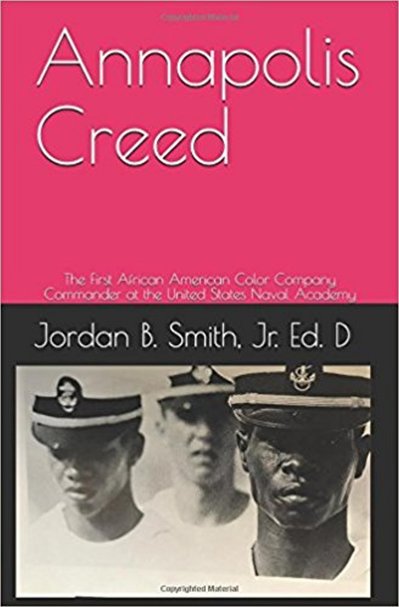
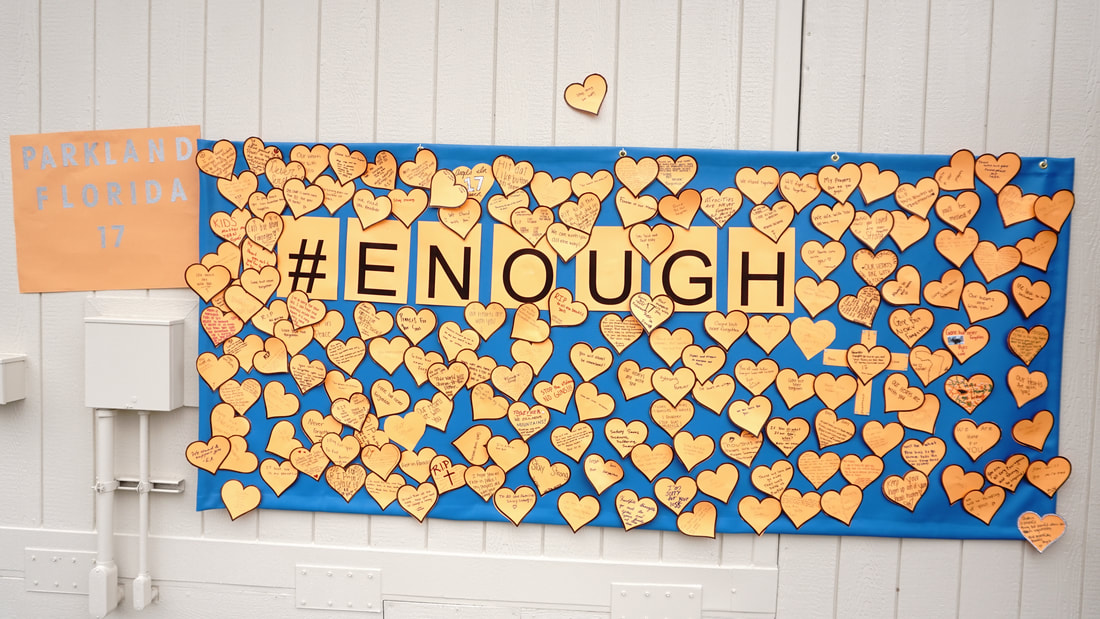
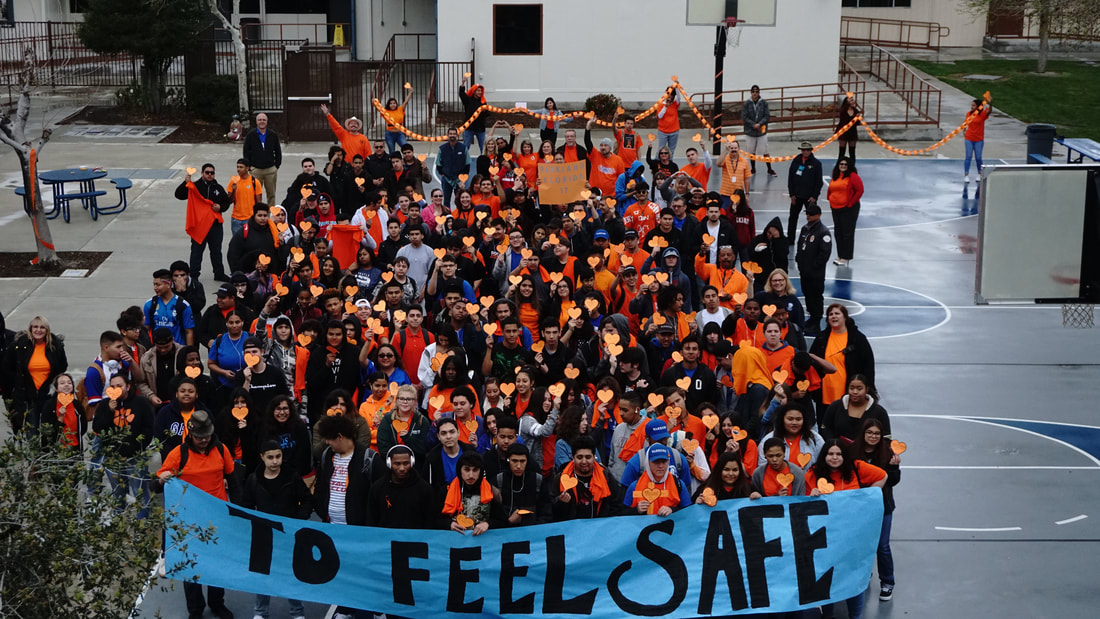
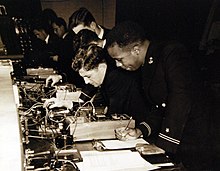
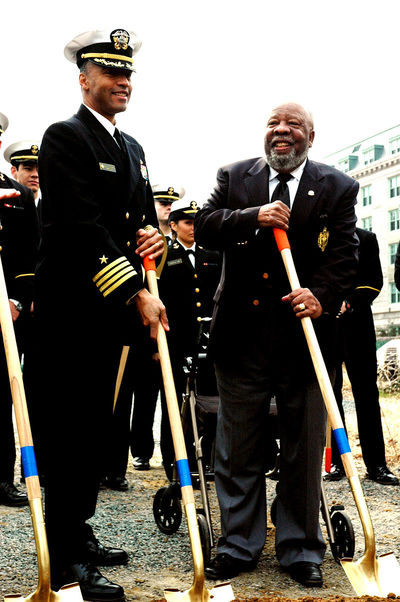
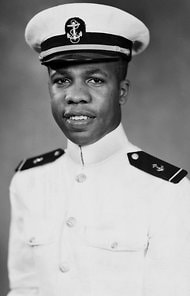
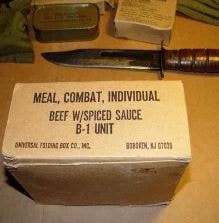
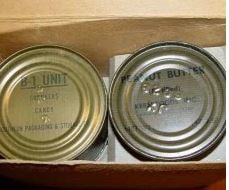
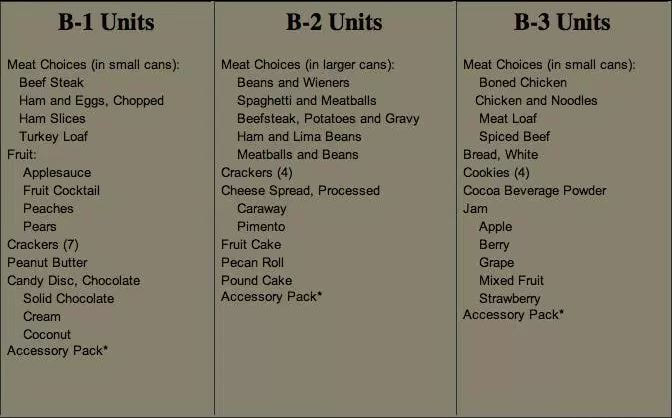

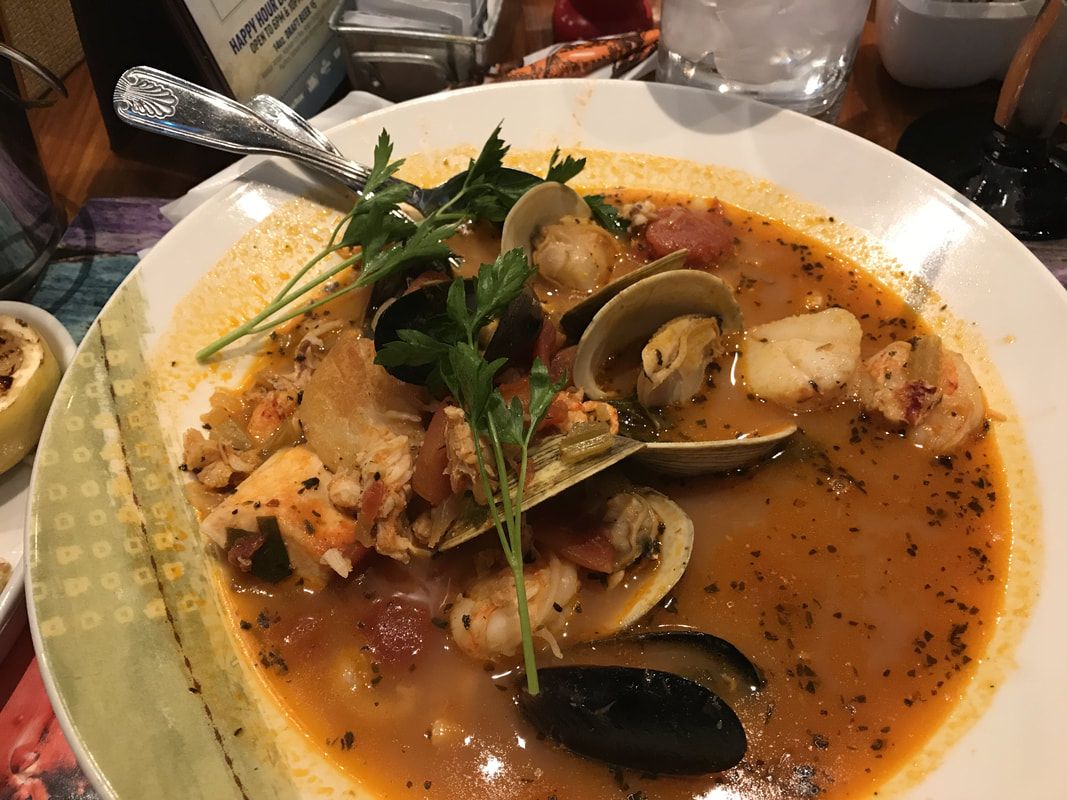
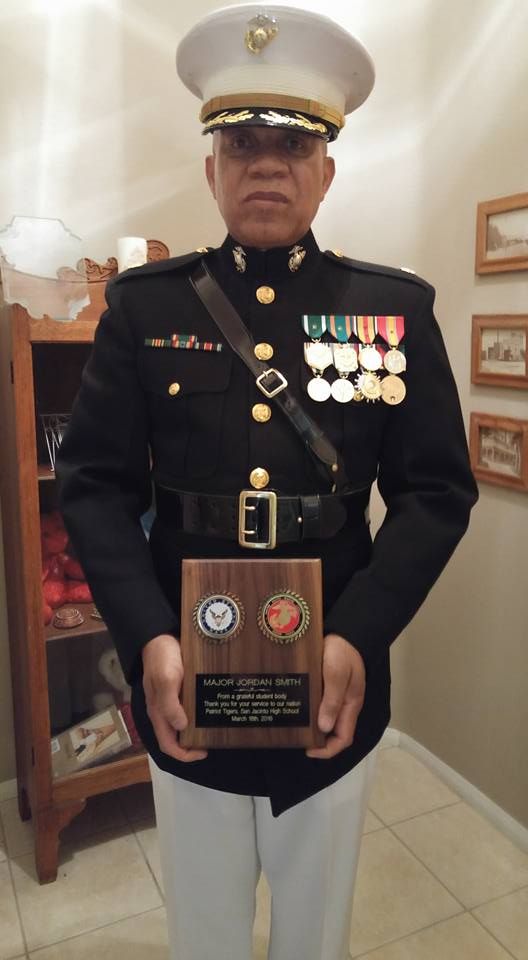
 RSS Feed
RSS Feed